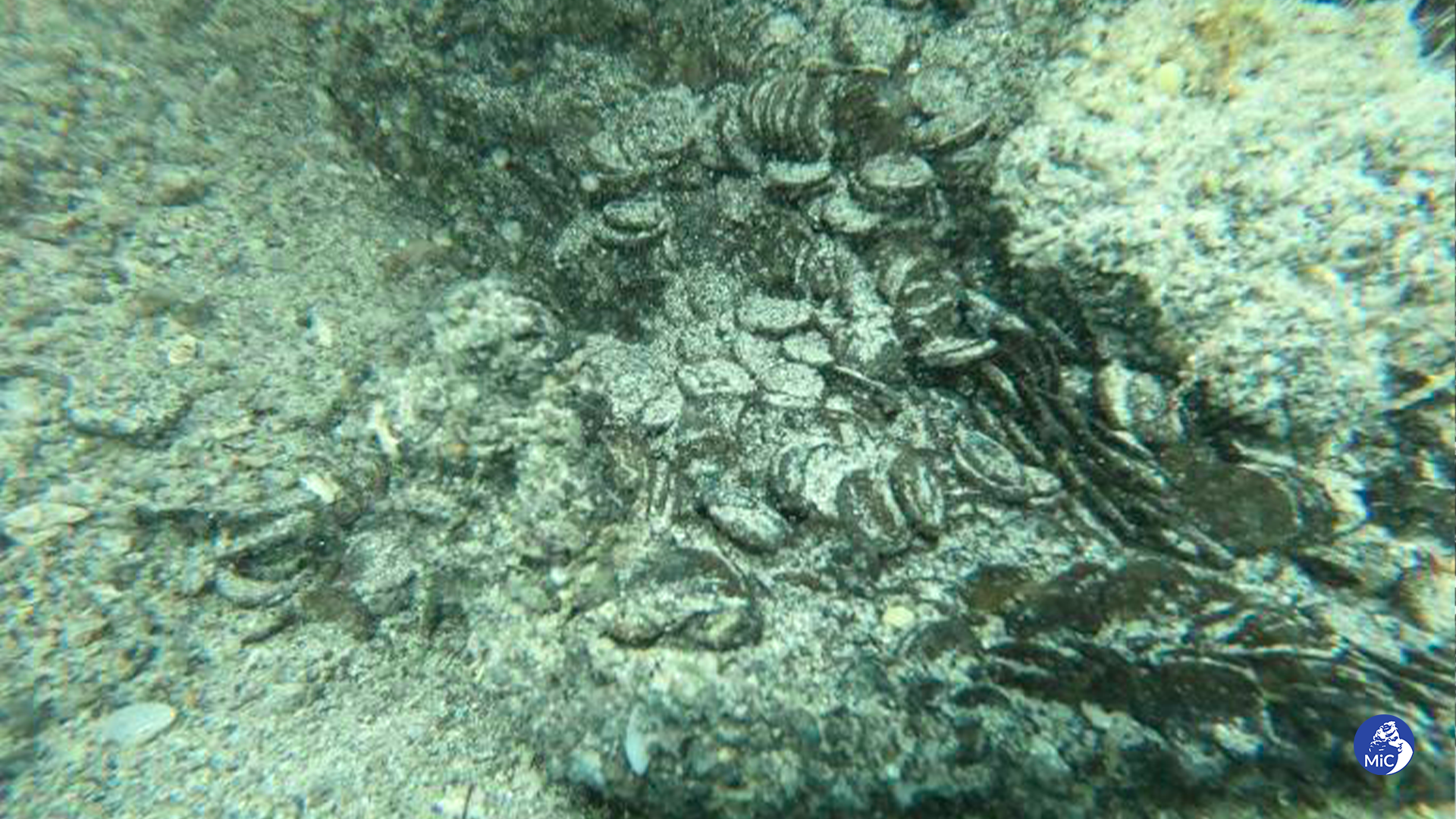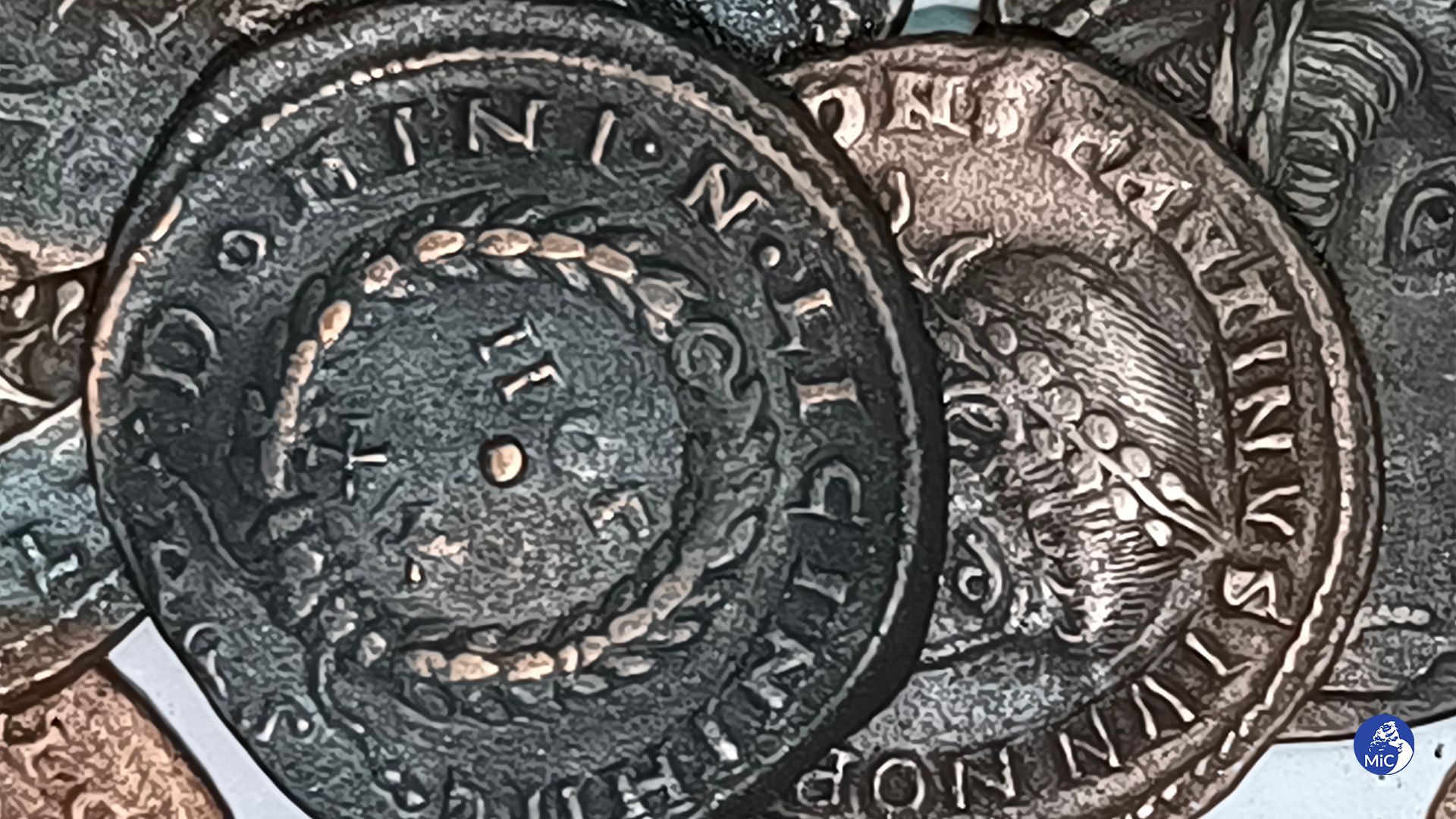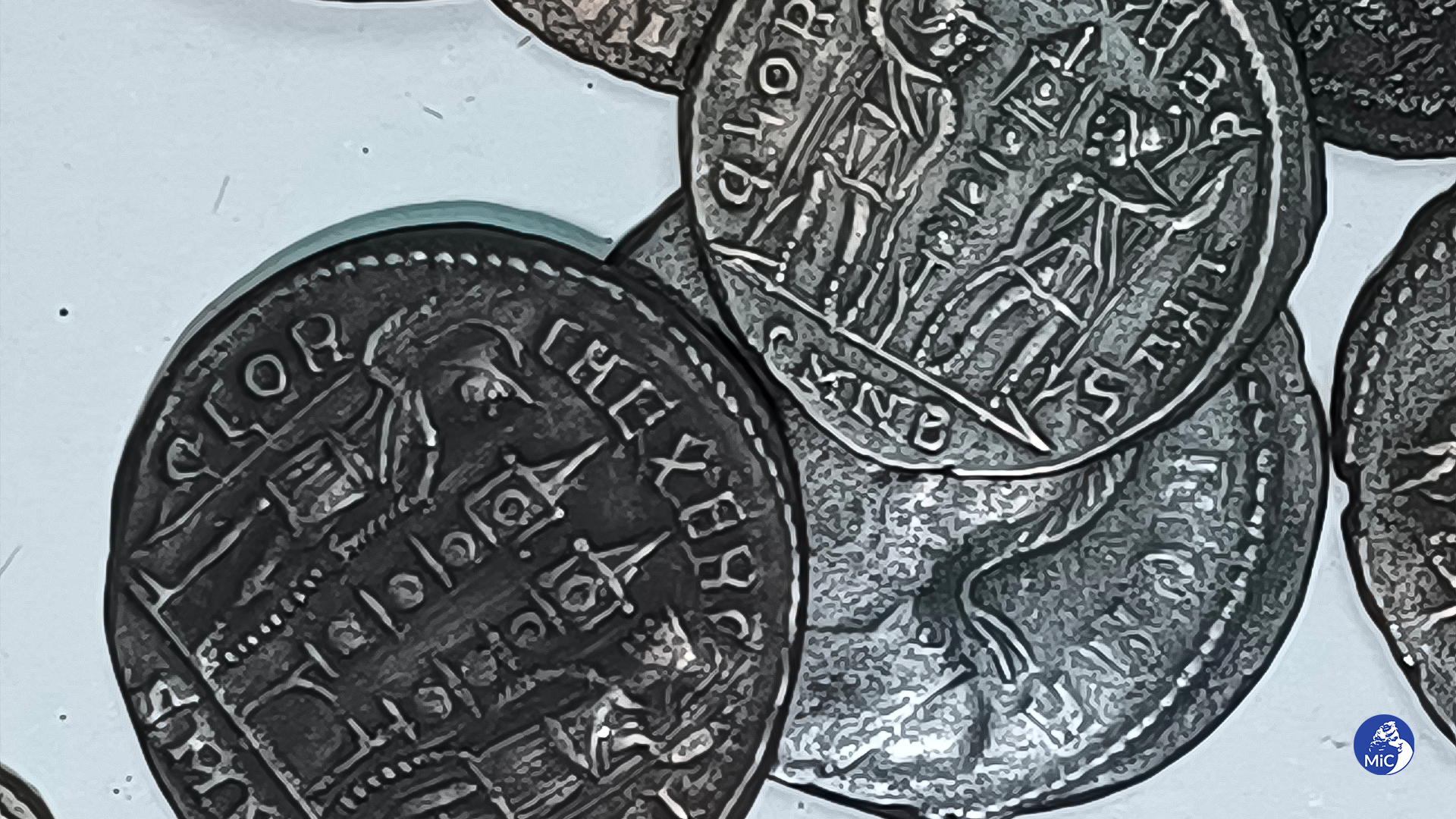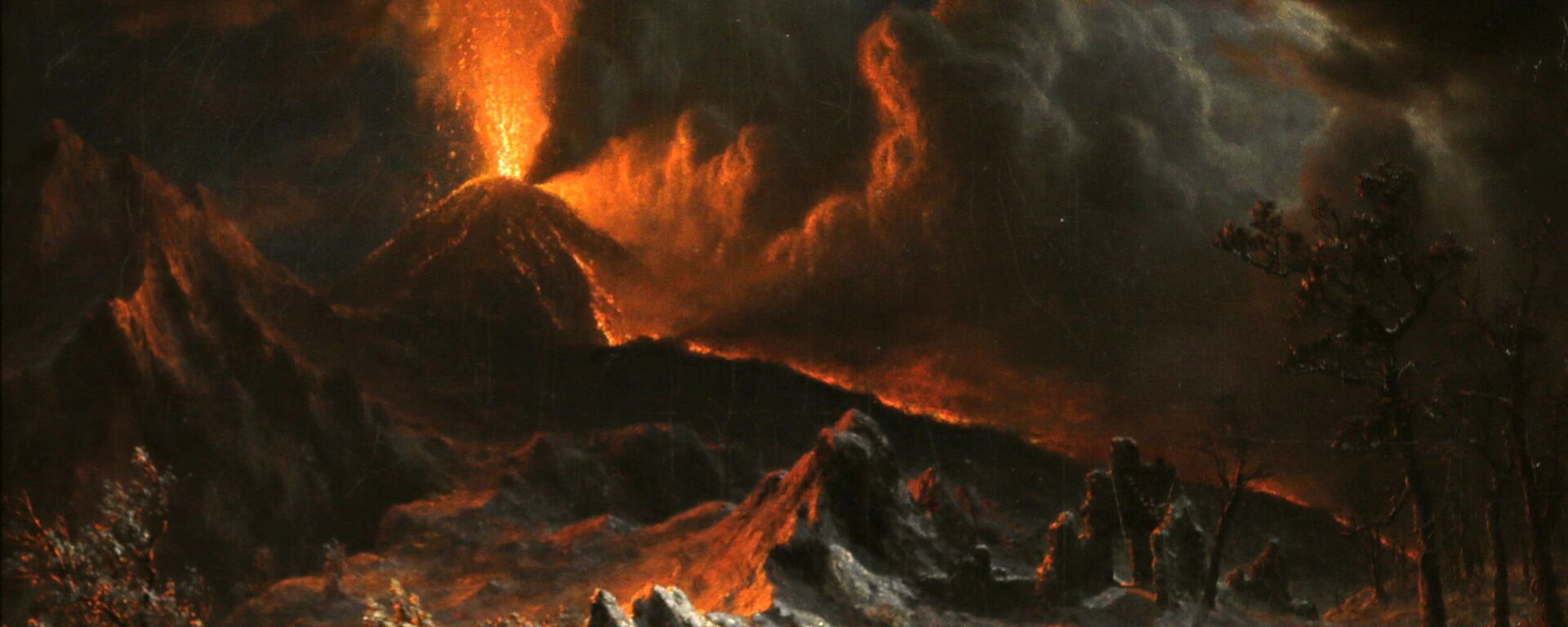Massive Trove of 50,000 Roman Coins Spotted by Italian Diver - Photos
Subscribe
The Italian Ministry of Culture has announced the discovery of a massive archaeological find in the waters off the coast of Sardinia, an island in the Mediterranean.
According to Italian media reports, the treasure trove was found by a diver near the town of Arzachena, on the island’s north coast. The diver reportedly made the discovery simply by spotting a shimmering metal while on a dive.

A cache of ancient Roman coins dating to the 3rd Century CE found off the coast of the Italian island of Sardinia
After the ministry dispatched its undersea archaeology department to investigate, they revealed the stunning scope of the find: at least 30,000 coins dating to the ancient Roman Empire, and possibly as many as 50,000.
The type of coin in the wreck is called a follis, it is made of bronze and a tiny amount of silver and was introduced by the Roman Emperor Diocletian around 294 CE as part of a broader monetary reform. Diocletian’s reign helped end the Crisis of the Third Century, a series of colossal social convulsions and civil wars that laid the groundwork for the empire’s eventual destruction two centuries later.

A cache of ancient Roman coins called a "follis" dating to the 3rd Century CE found off the coast of the Italian island of Sardinia

A cache of ancient Roman coins called "follis" dating to the 3rd Century CE found off the coast of the Italian island of Sardinia
The coins are exceptionally well-preserved, with even the damaged coins remaining legible after 1,700 years.
“The restoration and conservation operations of the coins and materials found will allow us to expand and deepen our knowledge of the context of the finds from which a lot of information can still be extracted,” the ministry explained in a news release.
Luigi La Rocca, the head of the Italian Directorate of Archaeology, said, “The treasure represents one of the most important numismatic discoveries in recent years and highlights once again the richness and importance of the archaeological heritage that hides in the depths of our seas.”
At its height, the Roman Empire stretched from Great Britain and Spain in the west to Armenia and Babylon in the east, with a population of between 59 and 76 million people brought into what was effectively one giant economic sphere. The empire’s coins are regularly found across Africa and Eurasia, as are the ruins of the many fortifications and settlements they used to maintain control.
Last month, some 2,000 Roman coins were found in a vase buried in a field near the Welsh town of Conwy.


